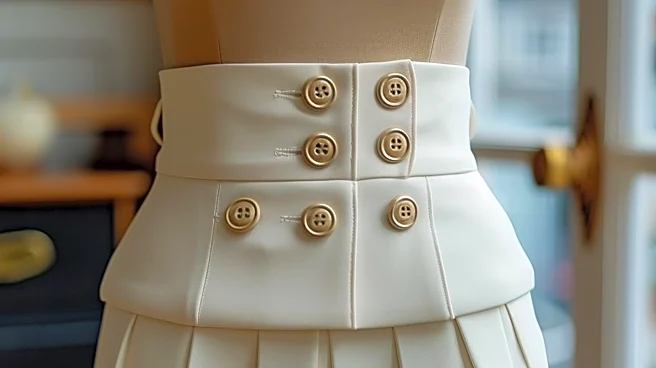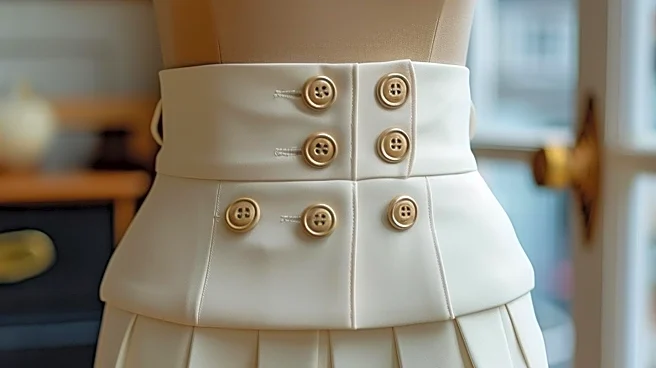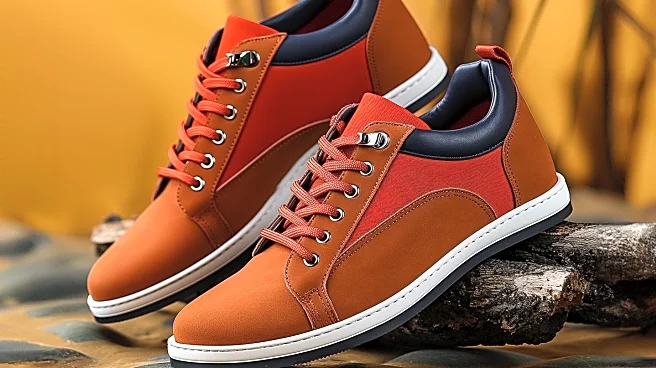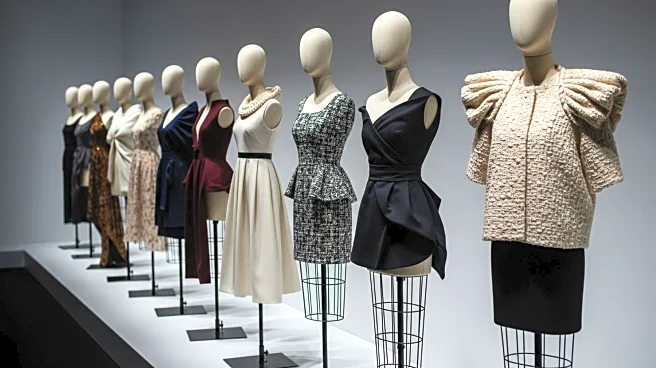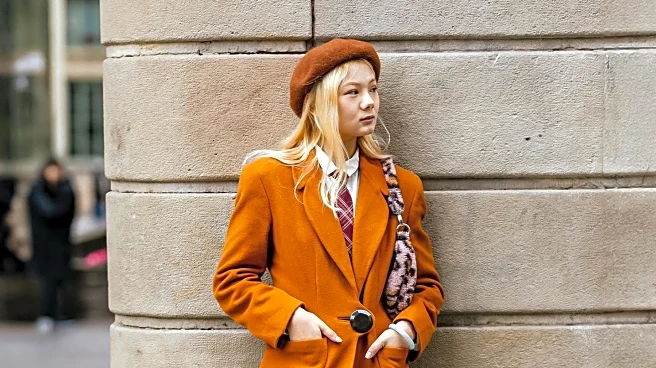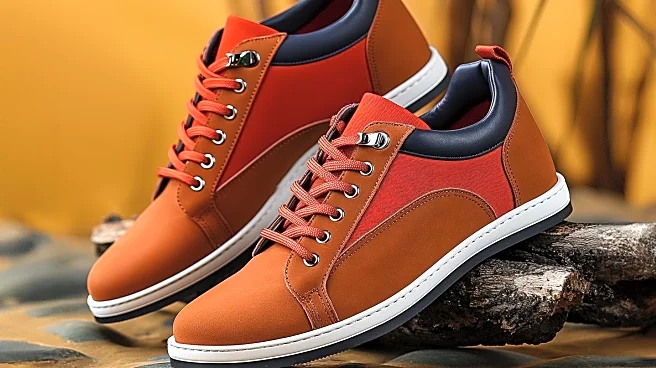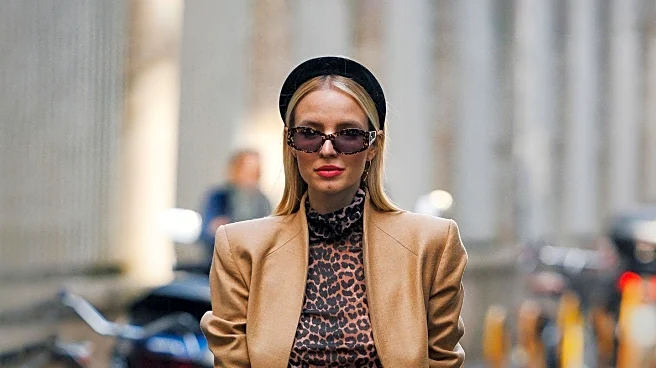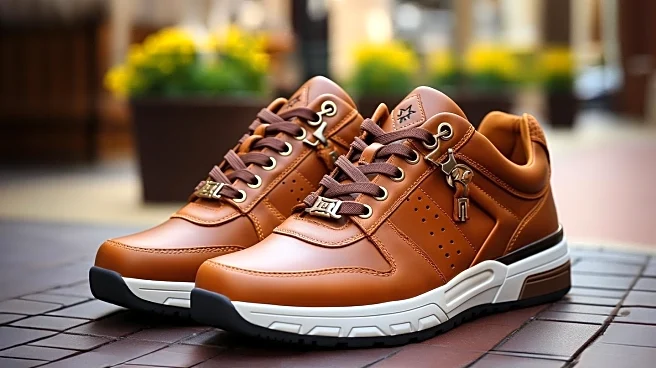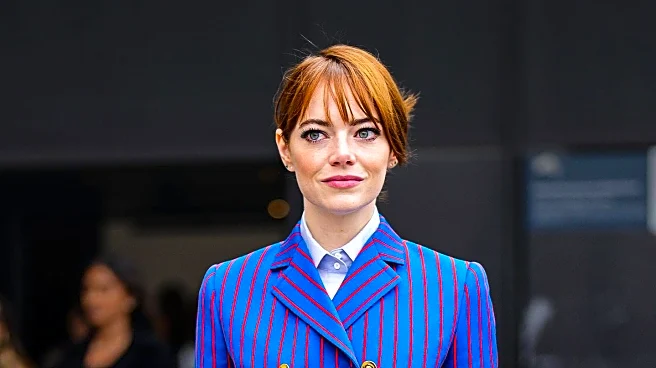What's Happening?
Fashion designers are showcasing a variety of skirt styles for the fall/winter 2025 season, emphasizing the versatility and adaptability of skirts in modern wardrobes. Prada has introduced distressed leather A-line skirts, while Dries Van Noten has added sequins to bold patterns. Lemaire is bringing drama with bubble hems, and Gucci is focusing on lace-trimmed skirts. Fringe remains a popular trend, as seen in Alaïa's designs, and Louise Trotter's debut at Bottega Veneta reinforces this trend. The checked skirt is gaining attention with patterns like plaids and windowpane prints, offering mix-and-match possibilities. Leather pencil skirts, knit maxi skirts, and printed skirts are also part of the diverse offerings, each providing unique styling opportunities.
Why It's Important?
The emphasis on skirt trends for fall 2025 highlights the evolving nature of fashion, where designers are pushing boundaries and exploring new textures and patterns. This trend reflects a broader shift towards more personalized and expressive fashion choices, allowing individuals to tailor their style to suit their personality and occasion. The focus on skirts also underscores the garment's adaptability, serving as a staple that can be dressed up or down. As designers continue to innovate, consumers are presented with more options to express their individuality, potentially influencing retail strategies and consumer purchasing behavior.
What's Next?
As these skirt trends gain traction, fashion retailers may adjust their inventory to meet consumer demand for these styles. Designers might continue to experiment with materials and patterns, further expanding the range of options available. Fashion influencers and stylists are likely to showcase these trends on social media platforms, driving consumer interest and engagement. Additionally, upcoming fashion weeks and events may provide further insights into how these trends are evolving and being embraced by the fashion community.
Beyond the Headlines
The resurgence of skirt trends also touches on cultural dimensions, as fashion often reflects societal attitudes and values. The focus on diverse styles and materials may indicate a shift towards more inclusive and sustainable fashion practices. Designers are increasingly mindful of the environmental impact of their creations, potentially leading to more eco-friendly production methods and materials. This trend could also influence the broader fashion industry to prioritize sustainability and ethical practices.


